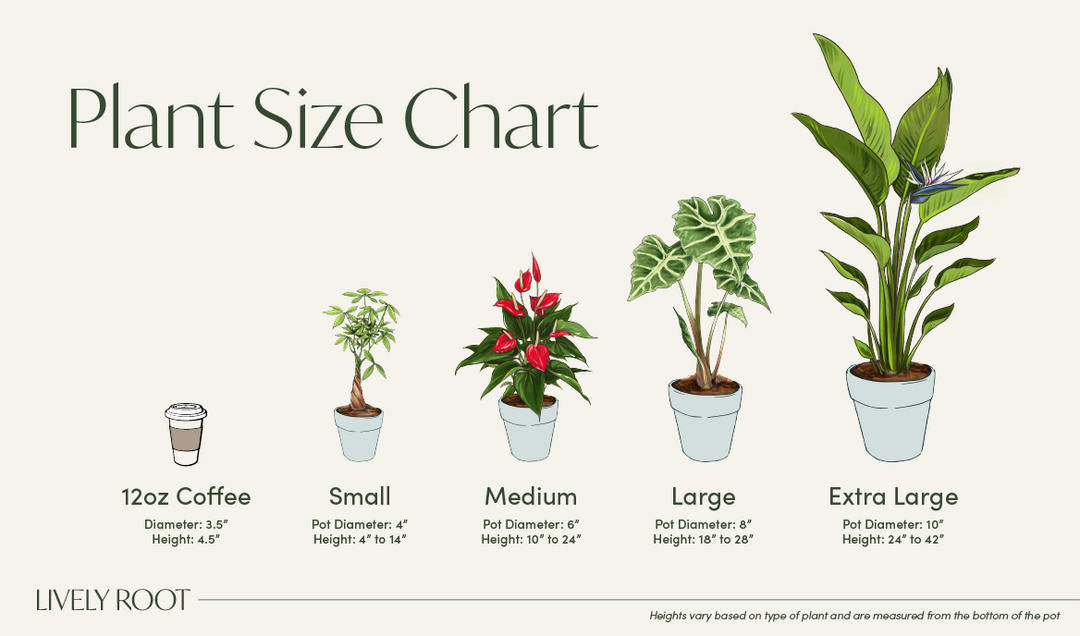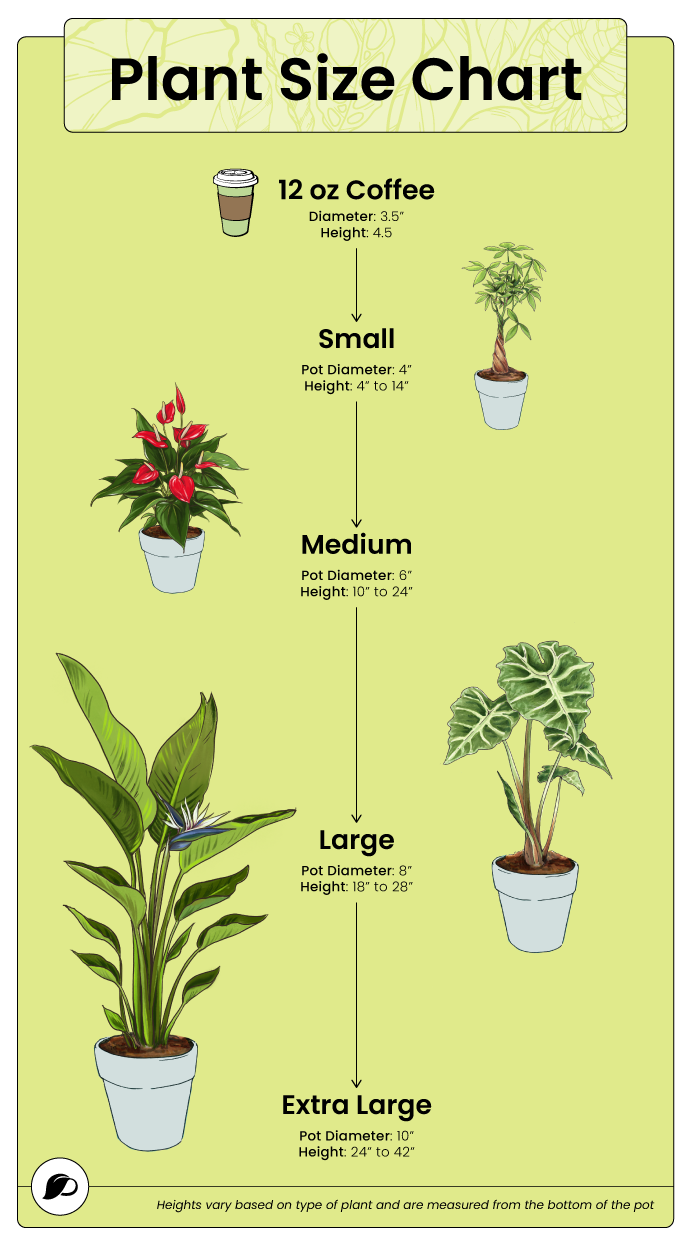Welcome
You have points
Recently viewed
Wishlist
Sign in to access your favorites

The Coffee Plant (Coffea arabica) is a beautiful shrub with bright green, glossy leaves, which produces fragrant, white flowers that ripen into coffee berries. The Coffee Arabica plant can grow in hardiness zones 9-11, but it’s not frost-hardy and cannot survive temperatures below 60°F when grown outdoors as a porch plant.
The Coffee plant belongs to the Rubiaceae family, including the Gardenia plant. The Arabica Coffee plant originally came from Ethiopia and the Arabian Peninsula. It grows best in bright, indirect light and requires additional care to thrive as an indoor plant. The Coffee tree plant can reach up to 15 ft. in height and live for over 60 years. Indoors, it normally doesn’t grow larger than 6 ft. tall.
The plant is often seen as a symbol of focus, vigor, and willpower. In Feng Shui, it’s believed to attract health and well-being. If you’re a pet owner, note that the Coffee plant is toxic to cats and dogs.
The Coffee plant has many benefits and is a beautiful green companion for growing at home. That said, it requires some additional effort to keep it thriving and growing.
Correct watering is one of the most important aspects of Coffee plant care. Water your plant well, but ensure the soil drains thoroughly before placing it in its decorative pot. Keep your Coffea arabica moist, and don’t let your plant dry out. However, do not allow the soil to stay soggy.
The Coffee plant needs plenty of bright, indirect light for optimal growth. Avoid keeping it in direct sunlight to prevent its leaves from getting scorched by the sun. The ideal temperature range for Coffea arabica plants is 65–80°F.
Your indoor Coffee plant needs high humidity, ideally over 50%. Watch out for browning leaf tips, which indicate that the air in your home is too dry. Increase humidity by keeping a humidifier near your plant or misting it regularly.
When you order a Coffee Tree for sale, you don’t need to repot it immediately. The best time to repot is in about a year, ideally in the spring. The Coffea arabica plant prefers rich soil, so add organic matter or compost to the potting mix to supplement the soil with the necessary nutrients. Also, mix in some perlite to improve soil drainage. Fertilize your coffee tree with a balanced liquid fertilizer every two weeks during the growing season. Stop feeding your plant gradually during the fall and winter months when your plant goes dormant.
To propagate your Coffee plant, take cuttings from the tips of the branches. Put them in small pots with moist soil, dipping each cutting in a rooting hormone. Then, cover with a transparent plastic bag to increase moisture around the cuttings. The roots will develop within a few weeks.
You can prune your Coffea arabica if it gets leggy. Clipping its branches will encourage your plant to grow more compactly. Remove any wilted leaves or damaged branches. Common problems with your coffee plant include mushy, yellowing leaves, which are signs of overwatering. Ensure good drainage to help your plant’s roots stay healthy. On the other hand, crisp, browning leaves indicate overexposure to direct light and that your plant isn’t getting enough humidity. Regularly check your plant’s leaves to prevent pest infestations.
Combine your beautiful Coffee plant with other tropical plants, or enjoy it as an impressive centerpiece in your living space.
When growing a Coffee plant in your indoor living space, it helps to group it with humidity-loving companion plants that will thrive in bright, indirect light, just like your Coffee plant:
If you’re a pet owner, you might want to consider other, pet-friendly plants that will beautify your living space while being safe for your pets:
Upgrade your living space by brightening your home with one of Lively Root’s fantastic Coffee plants for sale!
Follow us @livelyroot & show us your #livelyroot plants

